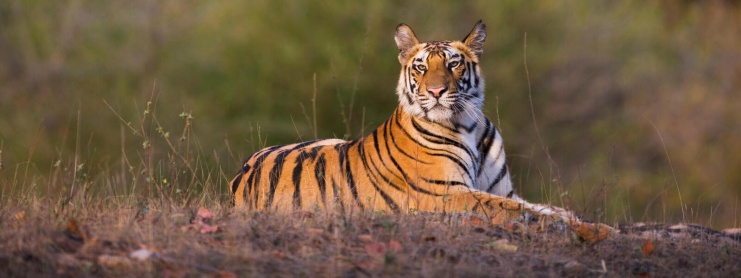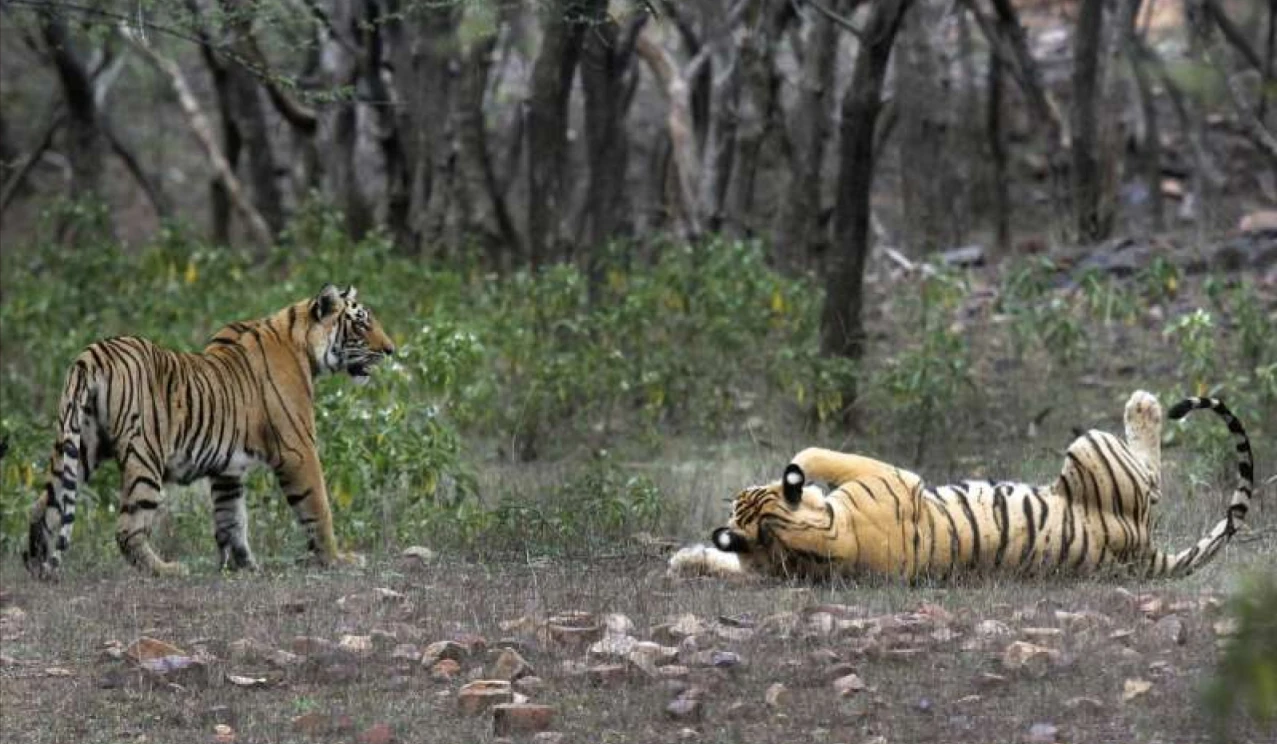The assessment classified the Tiger as ‘Critically Depleted,’ reflecting the severe historical and ongoing threats.
- Threats include habitat loss, prey depletion, poaching, and regional extinctions.
Key Findings
- Population Trend: Decreasing (Current estimate (mature individual)- 2608-3905)
- Tigers are now extinct in 9 of the 24 areas evaluated and are threatened in all spatial units where they still persist.
- Status of Conservation Legacy and Recovery Potential: High and Medium, respectively.
About IUCN Green Status of Species
- Launched in 2012, it builds upon the IUCN Red List of Threatened Species.
- In 2020, it became an optional part of Red List assessments.
- Provides a tool for assessing the recovery of species’ populations and conservation impact alongside extinction risk.
- Categories: It includes Largely Depleted, Moderately Depleted, Slightly Depleted, Fully Recovered, etc.
How Green Status defines Species Recovery?
- A species is fully recovered if :
- It is present in all parts of its historical range (including areas lost due to human impact).
- It is viable (not at risk of extinction) across its range.
- It performs its ecological functions in all parts of its range.
- These factors together give a "Green Score" (0–100%), indicating how close a species is to full recovery.
 About Tiger (Panthera tigris)
|





